Happy 75th Birthday to Peter Gabriel, the English singer-songwriter who is one of the most influential progressive rock innovators of all time. At 17, he founded the band Genesis—and later launched a successful solo career, winning six Grammy Awards. WATCH the ground-breaking Sledgehammer video… (1950)
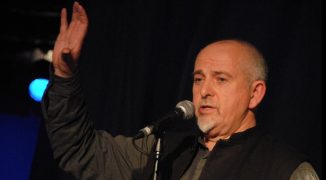
After his first hit, Solsbury Hill, he released the enormous 1986 No.1 single, Sledgehammer, which won a record nine MTV Awards with the stop-motion claymation video that became the most played music video of all time—opening the door for artists and bands to get creative and allow their music to stand out with captivating visuals. That album, entitled “So”, was certified 5x platinum and was brimming with perfect songs like Big Time (watch), In Your Eyes, Red Rain, and Don’t Give Up—a duet with Kate Bush.
Gabriel, an anti-apartheid activist (check out his song Biko) and an advocate for world peace co-founded The Elders with Richard Branson in 2007, a group of wise world leaders that was launched with Nelson Mandela and Desmond Tutu.
MORE Good News on this Date:
- The first public school in the US, Boston Latin School was founded; Benjamin Franklin was its most famous dropout (1635)
- Spain recognized Portugal’s independence (1668)
- The feminist newspaper La Citoyenne was first published in Paris by Hubertine Auclert and lasted ten years (1881)
- The ASCAP union (American Society of Composers, Authors and Publishers) was established to protect the copyrights of members’ music (1914)
- Canadian Hal Foster published his first Prince Valiant comic strip with superb medieval detailing, ”an illustrated historical novel” that he would write and illustrate for the next 42 years (1937)
- An Agreement was reached for a two-stage plan to reunite Germany (1990)
- Two years after Hurricane Katrina devastated the region, 1500 volunteers gathered in a one-day blitz to erect playgrounds for nearly 36,000 New Orleans children, playgrounds that were designed by the schools’ own students (2007)
- Australian Prime Minister Kevin Rudd made a historic apology to the Indigenous Australians and their Stolen Generations (2008)
- Washington became the seventh US state to legalize same-sex marriage (2012)
21 years ago today, astronomers announced the discovery of the universe’s largest known ‘diamond’—2,300 miles wide with 10 billion, trillion, trillion carats. It was actually the remnant of a white dwarf star in the constellation of Centaurus that researchers nicknamed Lucy, after the Beatles’ song, Lucy in the Sky with Diamonds. When this particular type of white dwarf cools, its material—carbon and oxygen—crystallizes and shines like a diamond.

Diamonds on Earth tend to be small and rare, whilst out in the Milky Way galaxy it can sometimes be so common as to appear a building block. Lakes of molten diamond are theorized to exist as a possible explanation for certain jet black, pockmarked diamonds found here on Earth called carbonados, and in the case of Lucy, it can be essentially a whole celestial body. WATCH a video explanation… (2004)
58 years ago today, the American Dr. Jules Piccus from the Univ. of Massachusetts, discovered the Madrid Codices I–II in the Spanish National Library. Written by Leonardo da Vinci, the two codices were brought to Spain by Pompeo Leoni, a sculptor in the court of Philip II. After various changes of ownership, they were transferred to the monastic library of El Escorial and finally to the Biblioteca Real, where they remained unknown for 252 years.
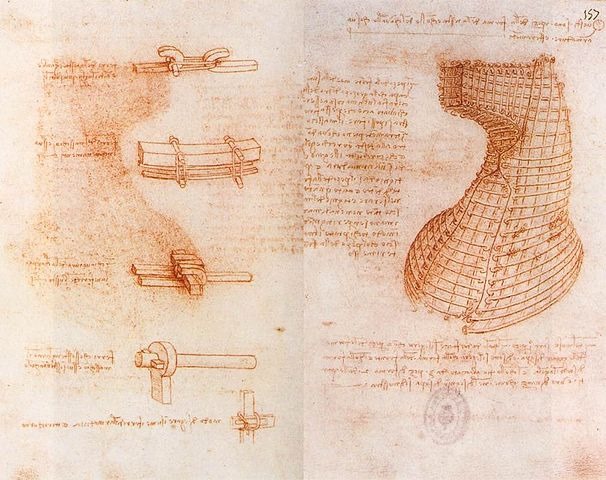
The two volumes, containing 197 pages, are bound in red leather. Topics discussed include mechanics, statics, geometry, and construction of fortifications. UNESCO describes da Vinci at his most creative while writing the manuscripts. He tackles several engineering problems which are based on principles and techniques that are astonishingly in advance of his time, foreshadowing developments made many decades or even centuries later.
There’s quite a lot of discussion about the difference between “natural force” and “accidental force” and he used a stone thrown in an arc as an example.
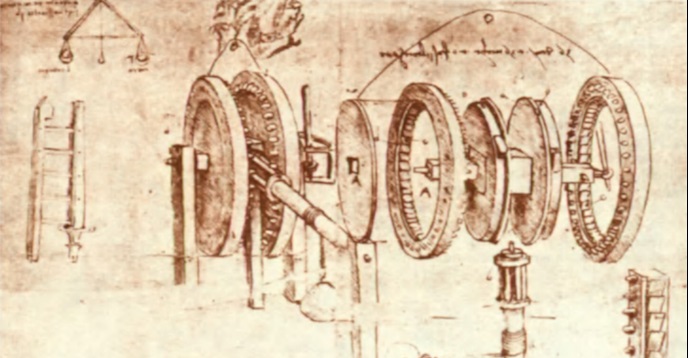
“But if such motions are made towards the sky, as stones thrown in an arc, then the motion made by accident will be greater than the one we call natural…” and (in its return towards the ground after it has reached the zenith of Its upwards motion) “the stone will cease to follow in the air the shape of the arc it began, but, due to the great desire to go back down, it describes a line of much greater curvature and shorter than when it went upwards.” (1967)
Happy 66th Birthday to the world’s best and scariest soccer official of all time: Pierluigi Collina. Born in Bologna, Collina’s eyeballs would become even more famous than his exceptional standard of refereeing, as an alopecia diagnosis during the earliest period of his career left him without any hair on his head or face, thereby taking away any other feature that would distract from his terrifying stare. In a game Americans routinely associate with sissy-boy Europeans falling over and complaining all the time, Collina suffered no lip from anyone, no matter how famous they were, and was almost always the first to raise his voice.

He was allocated five matches at the 1996 Olympic Games, including the final. He refereed the 1999 UEFA Champions League Final, the second-biggest match in football, and in 2002, Collina reached the pinnacle of his career when he was chosen for the World Cup final, between Brazil and Germany. A year before his mandated retirement age, he refereed the 2004 UEFA Cup Final.
Throughout his 10-year career as a top FIFA match official, he was voted the world’s best referee 6 times and is widely considered to be the best football referee ever. He had a method of refereeing that might not be considered acceptable anymore, which included occasionally squaring off with heated players, or even putting his hands on them.
When asked once if he ever felt intimidated by players after making a big decision, he could only laugh, and say “not easy to intimidate me.” WATCH the 6-time best referee boss the world’s best players… (1960)
14 years ago today, the Umatilla American Indian nation finally won the right to hunt bison in Montana, restoring a centuries-old tradition guaranteed by an 1855 treaty signed with the federal government. The treaty granted the Oregon tribe the right to harvest on traditional hunting grounds, yet they were later restricted from entering the open, unclaimed land for more than a century. (2011)
And, 52 years ago today, a concert at the Rainbow Theatre in London heralded the return of Eric Clapton from heroin-induced isolation—a comeback after two years of inactivity arranged by his friend, Pete Townshend.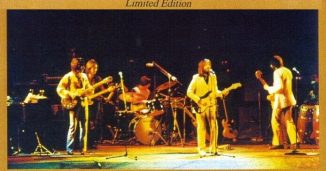
The show was recorded for an LP (Eric Clapton’s Rainbow Concert) that featured the pair, along with Ronnie Wood and Stevie Winwood, doing all the amazing Clapton songs from the Yardbirds and Cream. In the following twelve months, Clapton recovered from his drug addiction and recorded 461 Ocean Boulevard. (1973)
SHARE the Milestones, Memories, and Music…




















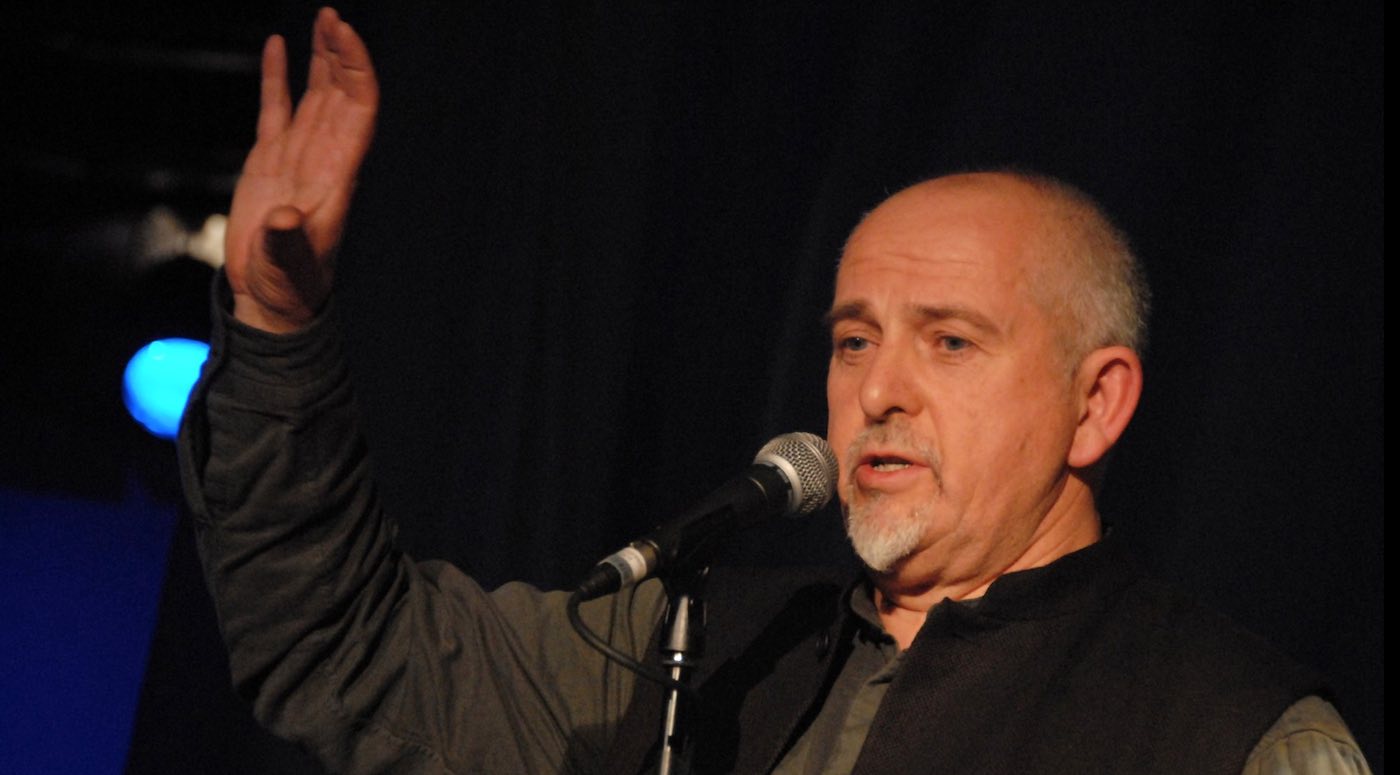

[…] Posted From: https://www.goodnewsnetwork.org/events070213/ […]
[…] post Good News in History, February 13 appeared first on Good News […]
[…] post Good News in History, February 13 appeared first on Good News […]